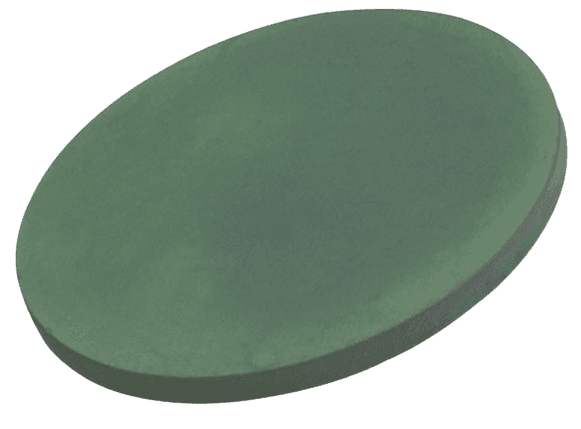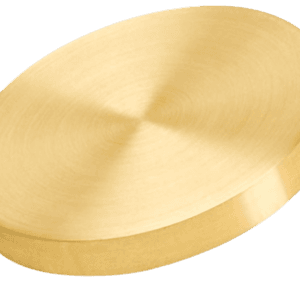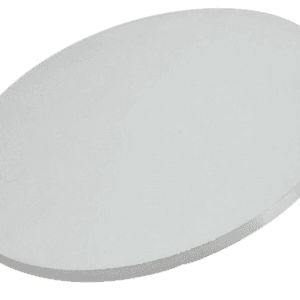Chromium Oxide (Cr₂O₃) Sputtering Target
Chromium Oxide (Cr₂O₃) Sputtering Targets are widely used ceramic materials for thin film deposition in optics, electronics, and protective coatings. Known for their high hardness, chemical stability, and attractive optical properties, Cr₂O₃ thin films are applied in wear-resistant surfaces, antireflective coatings, sensors, and semiconductor devices. With excellent adhesion and durability, these targets serve both industrial production and academic research.
Detailed Description
Chromium Oxide sputtering targets are typically fabricated by pressing and sintering high-purity chromium oxide powders to achieve a dense ceramic body. The result is a mechanically stable target with uniform composition and good sputtering efficiency.
Key features include:
High Purity (≥99.9%) – ensures reproducible film quality and minimal contamination.
Stable Ceramic Structure – dense sintered target for consistent sputtering.
High Hardness and Wear Resistance – enables deposition of durable protective films.
Optical Functionality – Cr₂O₃ films exhibit distinct optical absorption, useful for coatings.
Custom Bonding Options – indium or elastomer bonding to copper backing plates available for high-power sputtering.
Applications
Chromium Oxide sputtering targets are commonly used in:
Optical Coatings – antireflective and absorptive coatings.
Wear-Resistant Films – hard coatings for tools and components.
Semiconductor Devices – thin films in microelectronics and sensors.
Catalytic and Functional Films – films with chemical stability for catalytic applications.
R&D in Advanced Materials – studies in oxide electronics and coatings.
Technical Parameters
| Parameter | Typical Value / Range | Importance |
|---|---|---|
| Purity | 99.9% – 99.99% | Ensures high-quality thin films |
| Composition | Cr₂O₃ | Provides hardness & stability |
| Diameter | 25 – 200 mm (customizable) | Fits sputtering systems |
| Thickness | 3 – 10 mm | Affects sputtering rate & lifetime |
| Bonding | Indium / Elastomer / Copper backing | Improves thermal management |
Comparison with Related Materials
| Material | Key Advantage | Typical Application |
|---|---|---|
| Chromium Oxide | Hardness, optical absorption | Wear-resistant, optical coatings |
| Chromium (metal) | High conductivity, reflective films | Decorative, conductive coatings |
| Titanium Oxide (TiO₂) | High transparency, dielectric | Optical & dielectric films |
FAQ
| Question | Answer |
|---|---|
| What purity levels are available? | Standard targets are 99.9% (3N) and 99.99% (4N). |
| Can targets be bonded to backing plates? | Yes, indium or elastomer bonding to copper is available. |
| Which industries use Cr₂O₃ films most? | Optics, semiconductors, tool coatings, and R&D. |
| How are the targets packaged? | Each target is vacuum-sealed, foam-protected, and shipped in export-safe cartons or crates. |
| Are custom shapes available? | Yes, we can supply circular, rectangular, or planar targets on request. |
Packaging
Each Chromium Oxide sputtering target is vacuum-sealed in moisture-proof packaging and labeled for traceability. Targets are secured with foam and shipped in durable cartons or wooden crates to prevent damage during transit.
Conclusion
Chromium Oxide (Cr₂O₃) Sputtering Targets deliver exceptional performance in producing hard, chemically stable, and optically functional films. With high purity, durable ceramic structure, and customizable options, they are a reliable choice for semiconductor, optical, and protective coating applications.
For detailed specifications and a quotation, please contact us at [sales@thinfilmmaterials.com].





Reviews
There are no reviews yet.